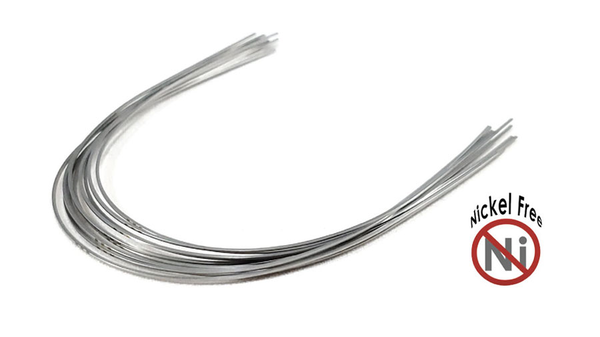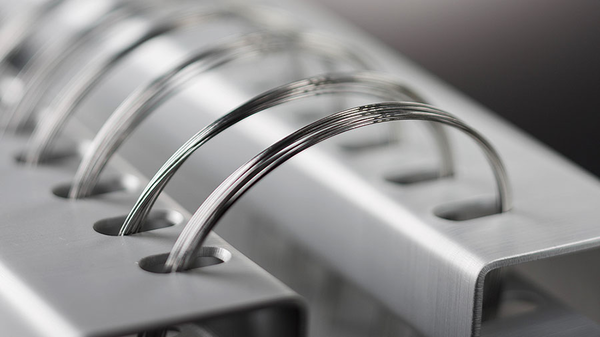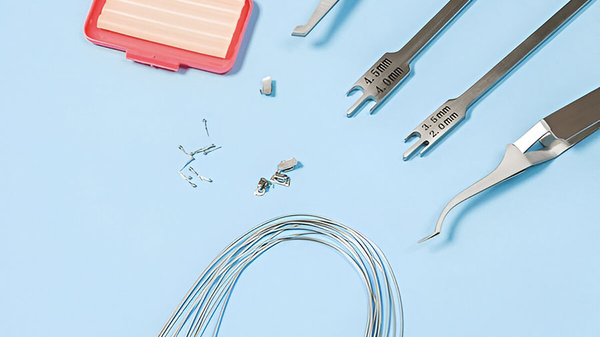
Cobalt-chromium alloys, widely recognized under the trade name "Elgiloy," have been a staple in orthodontics since the 1960s. These specialized wire materials are known for their superior mechanical p...

Beta-titanium alloys, commonly referred to as TMA (Titanium Molybdenum Alloy), have revolutionized orthodontics since their introduction in the 1980s. These advanced wire materials are renowned for th...

Nickel-Titanium (NiTi) wires have transformed orthodontic treatment, offering unparalleled mechanical properties that make them ideal for the initial phases of tooth movement. Their unique characteris...

Stainless steel wires have been a cornerstone of orthodontic treatment since their introduction in the 1930s, replacing gold alloys as the primary material for orthodontic archwires. Their excellent m...

Orthodontic wires, also known as archwires, are fundamental components in orthodontic treatment, acting as the primary force-delivery system for tooth movement. Over the years, advancements in materia...


